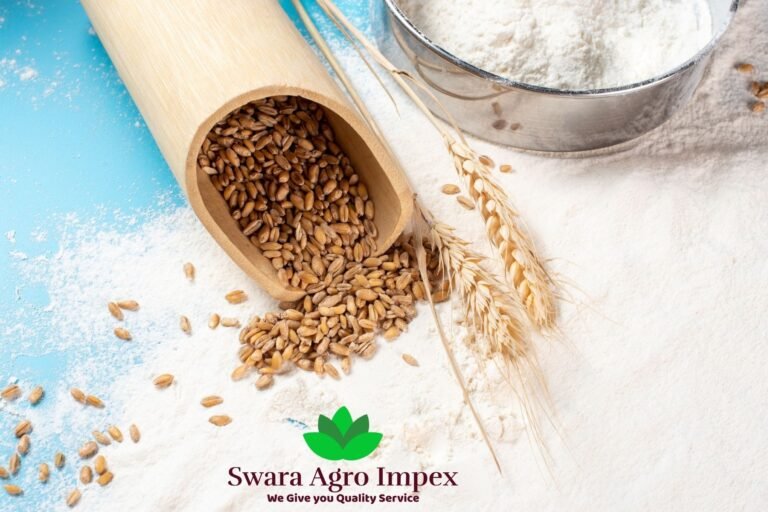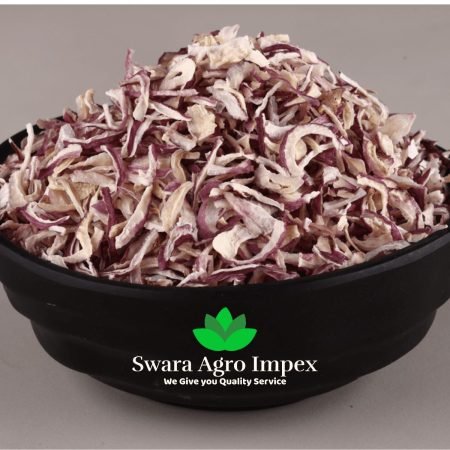Wheat flour is a powder made from the grinding of wheat used for human consumption. More wheat flour is produced than any other flour. Wheat varieties are called “clean,” “white,” or “brown” or “hard” if they have high gluten content, and they are called “soft” or “weak” flour if gluten content is low. Hard flour, or bread flour, is high in gluten, with 12% to 14% gluten content, and has elastic toughness that holds its shape well once baked. Soft flour is comparatively low in gluten and so results in a finer or crumbly texture. Soft flour is usually divided into cake flour, which is the lowest in gluten, and pastry flour, which has slightly more gluten than cake flour.
All-Purpose Flour Nutrition Facts
The following nutrition information is provided by the USDA for 1 cup (125g) of all-purpose white flour.
- Calories: 455
- Fat: 1.2g
- Sodium: 2.5mg
- Carbohydrates: 95.4g
- Fiber: 3.4g
- Sugars: 0.3g
- Protein: 12.9g
- Thiamin: 1.0mg
- Folate: 229mcg
- Selenium: 42.4mcg
Carbs
There are 95.4 grams of carbohydrate in a cup of flour. Of that, 3.4 grams comes from fiber which would represent about 12% of the daily value (DV) if you consume a full cup. But few people would consume a cup of flour in a single sitting. A quarter cup of flour would provide 3% of the daily value or 0.9 grams of fiber.
Protein
There are 12.9 grams of protein in a cup of all purpose flour. A more typical serving (about 1/4 cup) would provide 4.3 grams of protein.
Vitamins and Minerals
A cup of flour can provide significant micronutrients. For instance, you’ll get 1.0 grams of thiamin (vitamin B1) or 85% of the daily value (DV). You’ll also get 42.4 mcg of selenium (77% DV), and 229 mcg of folate (57% DV). Flour also provides riboflavin, niacin, iron, manganese, and phosphorus.







